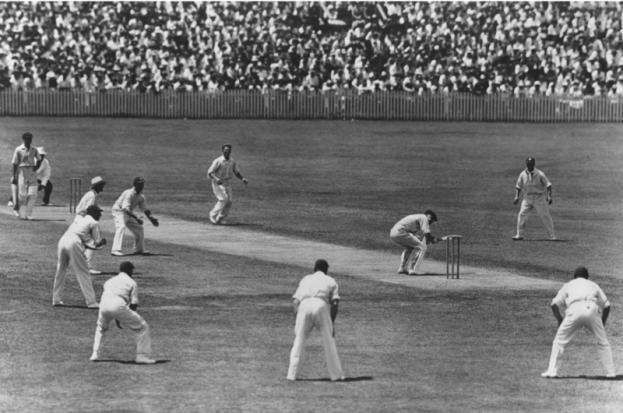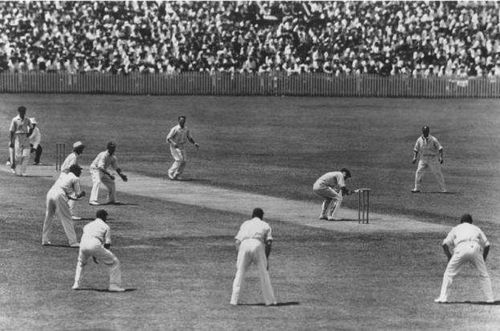
Why 'whites' are considered to be the traditional attire in Test cricket
Cricket holds a respectable position around the globe when it comes to team sports. The game holds a great deal of history with regards to its invention and evolution, with several theories popping up every now and then regarding the first competitive match ever played. Though England claim the game to be their invention, there have been several references that indicate France to be the birthplace of the game.
The game went through several developments through the 17th and 18th century before the first international Test match was played in 1877 between England and Australia. It was the first professional match that was played internationally between two teams.
Test cricket is regarded as the traditional format of the game. Cricketers across the globe hold a special place for this format as this is considered to be the ultimate test of a cricketer's skill and endurance.
Also read: Is the ICC finally waking up to the realities of Test cricket ?
Fans would often relate Test cricket to whites. Players step onto the field in their white outfits during a Test match to flaunt their skills with the bat and ball. But with the series of reforms that the game has undergone, the Test cricket attire has remained the same since the late 19th century. While this may amuse a few, the cricketing fraternities believe that the traditional whites will always be the Test cricket attire in the years to come.
According to Neil Robinson, Research Officer at MCC, the historical Marylebone Cricket Club based at Lord’s Cricket Ground, the sartorial codes of the traditional cricket attire came about out of simple necessity. The Telegraph quoted him as saying, "We have to bear in mind that in terms of its organization, cricket goes back to the 18th-century and they had to use the materials that were readily available."
He went on to add, "And the choice of all white was purely practical, cricket being a summer sport meant that white was thought the most fitting device to reflect the sun’s glare."
Robinson went on to say that, although the whites date back to the 18th-century, it wasn't the ultimate choice of uniform until the end of the 19th century. "In the 18th-century cricketers would wear everyday clothing; short jackets, waistcoats and top hats," he said.
The Telegraph quoted him as saying, "The color white evolved with the evolution of professional cricket teams in the late 19th century, with the initial get-up consisting of a formal white shirt emblazoned with red polka dots, paired with a shirt and woolen cap."
Also read: ICC mulling baseball-like conference split system for Test cricket
Though the white uniform has got its own reputation and story, the modern cricketing fraternities believe that the preference of whites by the innovators in the pre-colonial era was chiefly due to three issues.
#1 Scientific reason
Test cricket often requires the players to stay on the field for over 8 hours a day and the fact that it's a 5-day format, makes it even more demanding. Cricket was initially introduced as a summer sport and hence it was considered wise to use whites as the uniform due to scientific reasons as well.
White clothing reflects heat better and can be more comfortable to wear in the heat, than any other color. This reduces the stress levels of the players and also prevents them from getting sunstroke or dehydration to some extent.
#2 Traditional impact
The traditional aspect of the game had a role to play too. White was considered as a symbol of royalty and elegance by the British and since cricket is considered to be a gentleman's game, it made sense to opt whites as the uniform for the players. Also, to instill a sense of equality among all the players, the fraternities chose whites as the ideal attire.
#3 Cricketing comfort
The whites serve well in logical terms as well. Test cricket is often played with a red ball, with the pink ball making its mark only recently. The idea of whites served well for the players in terms of getting a good view of the red ball in the field. The red ball is easier to locate in a white backdrop and hence it seems logical.
With several innovations coming into play over the years in cricket, the decision of the players and boards across the globe to stick to the traditional whites in Test cricket explains why the longer format of the game is still considered to be the pinnacle of the game.
